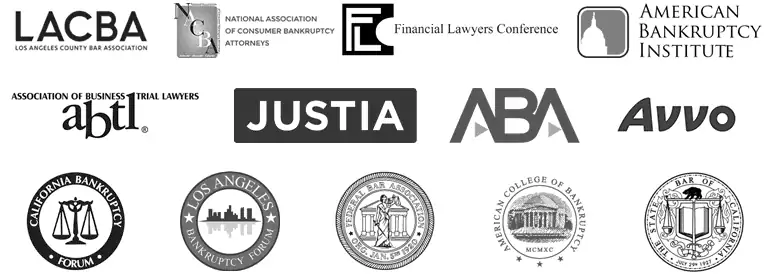Businesses that employ independent contractors may be more vulnerable than ever to private lawsuits and government scrutiny. Private actions involving alleged improper independent contractor classifications under the Fair Labor Standards Act (FLSA) and state wage and hour laws are on the rise. At the same time, the federal government has focused its attention on employers’ compliance with the rules governing worker classifications, and state governments have tightened their enforcement efforts.
Unlike employees, independent contractors are not covered by federal or state wage and hour laws, are ineligible for employee benefits such as health insurance and participation in company retirement plans, and cannot form or join labor unions. Additionally, employers are not required to pay Social Security, Medicare and unemployment taxes, or withhold and remit income taxes for independent contractors.
While companies are not prohibited from employing independent contractors, they can get in trouble for improperly classifying employees as independent contractors. Worker misclassification can result in substantial liability for unpaid wages, and taxes, penalties and fines, among other consequences.
To further complicate matters for employers, the analysis for determining whether a worker should be classified as an employee or an independent contractor can vary depending on which of its obligations the company is considering. For example, state regulators examining whether a worker is entitled to unemployment compensation may determine that a worker is an independent contractor under state law while the IRS may decide the worker is an employee entitled to participate in the company retirement plan under the Employee Retirement Income Security Act (ERISA).
Legislation pending in Congress could make it more difficult for companies to employ independent contractors. The Employee Misclassification Prevention Act (H.R. 5107/S. 3254) would increase penalties for misclassification under the FLSA, require employers to notify workers of their classification in writing, and direct states to strengthen their own penalties for worker misclassification.
While there are different tests for determining employee vs. independent contractor status, a key common factor is whether the worker or the company controls the manner in which the work is performed. The more a worker–rather than the company–controls where, when
Additional considerations for determining a person’s status include the following:
- If a person is on the company’s health-care plan, he or she may be an employee.
- If a person uses his or her own supplies and equipment to perform the work wherever it is convenient, he or she may be an independent contractor.
- If a person cannot reject an assignment for fear of ending the relationship, he or she may be an employee.
- If a person pays his or her own business and travel expenses, he or she may be independent contractor.
Whether someone is or is not an independent contractor is critical in determining many employer obligations. Making an incorrect designation can have enormous economic consequences. Employers should also routinely review independent contractor arrangements to make sure the relationship has not changed into an employment relationship. Companies can reduce their exposure to wage and hour class actions and government investigations by working through this complex issue with competent counsel.

